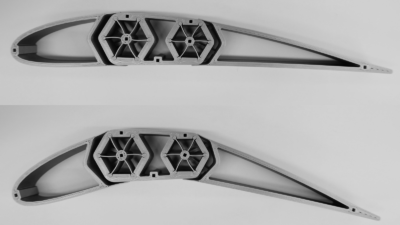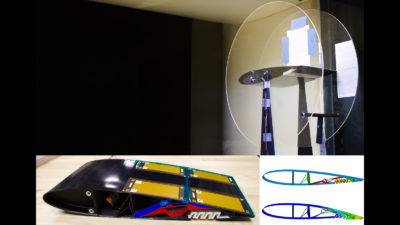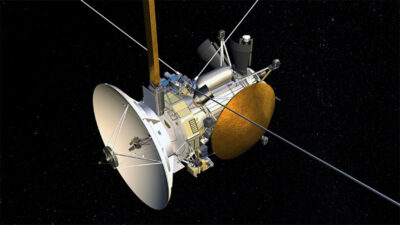Reducing laser damage, acquiring aircraft crashworthiness data
By AMEER G. MIKHAIL, BRIAN J. BARLOW AND JASON A. SAWDY|December 2019
The Survivability Technical Committee promotes air and spacecraft survivability as a design discipline that includes such factors as crashworthiness, combat and repairability.
The U.S. Air Force this year continued studying the effects of high-energy lasers on composite aircraft skins and testing mitigation technologies against thermal damage. These tests under the High Energy Laser program centered on back surface fire, penetration vulnerability and the screening of potential hardening technologies. Results of this Joint Aircraft Survivability Program Office effort will establish a baseline thermal radiant field. Various hardening technologies supplied by the Air Force Research Laboratory, Naval Research Laboratory and Air Force Institute of Technology were applied to structures to determine their ability to mitigate or delay laser damage.
The Air Force conducted tests on five fuel tanks of various sizes to gather data about their vulnerability to fuel vapor explosion due to threat-induced tank ullage ignitions. Five tanks of 950- to 5,300-
liter capacity were studied, with testing on the fifth tank completed in October. Ullage conditions and fuel temperatures were varied to determine ullage overpressure ratio curves for each of the tanks. Tests were conducted under pressure conditions ranging from ambient to under 28 kilopascal. Five hundred tests were completed, and about 650 expected by the end of the program. The data will aid the defense industry in fuel tank design and structural integrity studies and will be used in the Next Generation Fire Prediction Model.
In June, NASA’s Langley Research Center conducted a swing test into terrain with a Fokker F-28 MK-1000 aircraft at the Landing and Impact Research Facility in Virginia. The aircraft was released from a height of 31 meters with significant vertical and horizontal velocities. The primary objective of the test was the generation of full-scale crash data in support of proposed FAA aircraft crashworthiness guidelines. Secondary objectives included the evaluation of effects on standard and advanced crash test dummies designed for increased biofidelity and with enhanced instrumentation. The effects on these anthropomorphic test devices, or ATDs, depended on the seat-to-floor load paths and structural deformation, which was measured by onboard sensors and photogrammetric techniques. Langley researchers developed a 3D model of the crash for purposes of a simulation that will be improved through a validation process. The aircraft contained 24 ATDs, five of which were advanced experimental. The fuselage and dummies contained a total of 500 sensors to capture accelerations and loads. The test was conducted in cooperation with the FAA. Additional partners included the U.S. Army, the National Highway Traffic Safety Administration and the National Transportation Safety Board.
In the military space arena, the U.S. Defense Department in March created the Space Development Agency to accelerate the development of next-generation small satellite architectures. These proliferated constellations would be harder to attack than the small number of large satellites that today provide critical services mainly through the Air Force.
NASA’s vision for landing humans on Mars by the late 2030s hinges on achieving survivability to two to three years of continuous weightlessness and bombardment by cosmic ionizing rays on the crew and their capsule. Until effective protective solutions such as astronaut suits and protective capsule can be developed, astronauts will make use of the planned lunar Gateway as a staging station for the eventual human mission to Mars. In May, NASA awarded a contract to Maxar Technologies of Colorado for the Gateway’s Power and Propulsion Element and in July to Northrop Grumman for the habitation module. In preparation, NASA plans to launch an uncrewed Orion module on a heavy-lift Space Launch System rocket in late 2020, followed by the first launch with a crew in 2022.
Contributor: Martin S. Annett



































